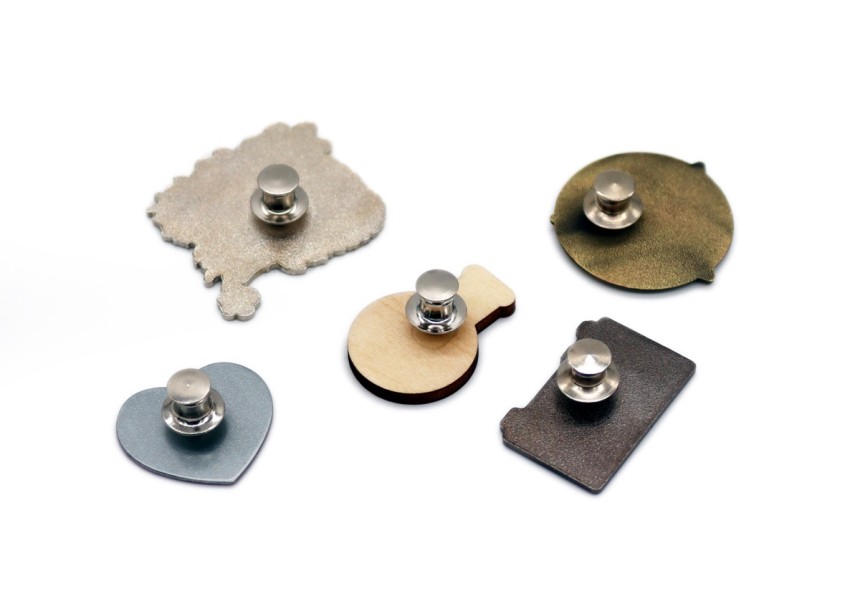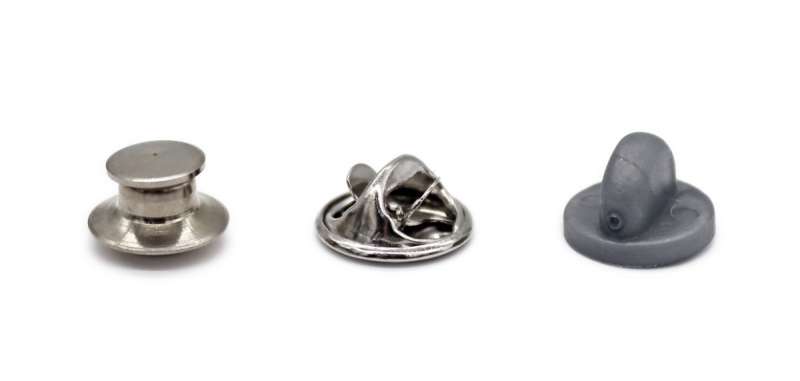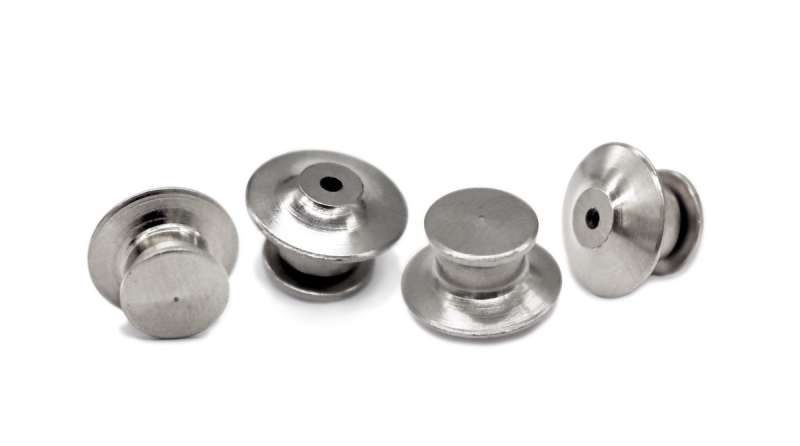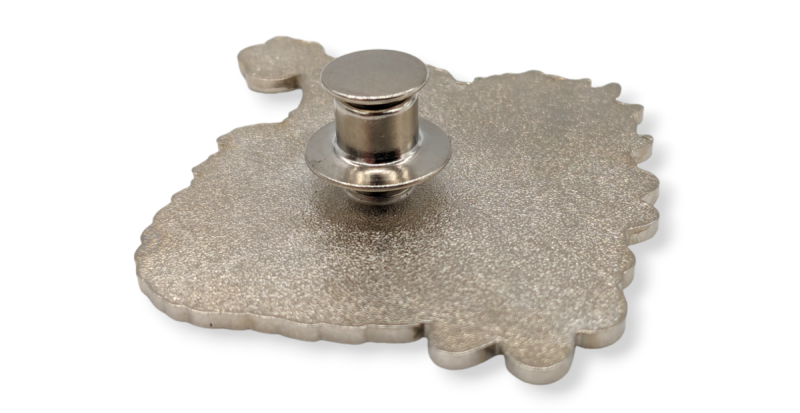
How Do Locking Pin Backs Work?
Pin badges are fun forms of self-expression, excellent branding opportunities, and collectable items that people love. However, these little pieces of flair tend to get lost now and again.
There are plenty of ways to stop enamel pins from falling off, with locking pins being the most secure. But how do you use them? Stick with us to find out.

Understanding Pin Backs & Clutches
Pin badge backs (also known as clutches) are the little devices that connect to the badge post to keep them in place. We offer three kinds of clutches with our pins:
- Rubber Clutches: A soft pin back that slides on the post and is comfortable when worn against the skin.
- Metal Clutches: The butterfly clutch is the most commonly used pin back that perfectly balances security and manoeuvrability.
- Locking Clutches: Locking backs are the most secure clutches, but they're also bulky and more costly.

A Closer Look at Locking Clutches
The primary function of a locking pin back is to hold the pin in place. This is achieved through a spring-loaded fastener that locks the pin post securely. Unlike traditional pin backs, they don't loosen over time.
Locking pin backs are ideal for items that are frequently handled or worn. They're popular among collectors who want to protect their investments and professionals who wear pins as part of their uniform.
In the next section, we'll explore the mechanism behind these pinbacks, explaining how they work and why they're a superior choice for securing pins.
How Do Locking Pin Backs Work?
Locking pin backs have a spring-loaded fastener, a mechanism that firmly secures the clutch to the pin post. Unlike traditional pinbacks, these don't slacken over time, ensuring your pins stay put.
A locking pinback may seem complicated, but it's simple. It has a ball and spring lock that work together to hold a badge securely. The spring and ball are under the top disc.
When attached to the badge post, the ball moves and locks into place. If you try removing the locking back without engaging the unlock mechanism, you'll tighten its grip, which is why this type of clutch is so effective.

How to Use a Locking Pin Back
To attach a locking pin back, push it onto the pin post. Keep going until you hear a click. This sound indicates that the pin back has locked onto the pin post.
To release the pin, you must pull the top disc of the pin back. This action engages the spring mechanism, releasing the lock.
Here's a step-by-step guide to using a locking pin back:
This mechanism ensures a secure hold, making locking pin backs a reliable choice for securing pins.
Do Locking Pin Backs Work?
Absolutely. While these locking backs won't withstand Hulk-like brute force and vast amounts of pressure, the mechanism was designed to stay in place during everyday scenarios that your pin badges might encounter.
Check out our Instagram video to see how robust they are.